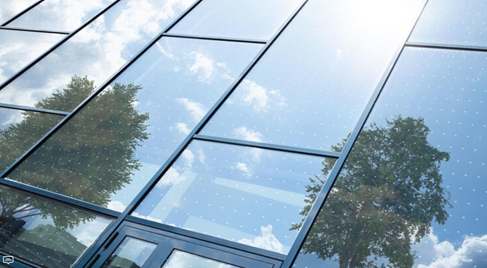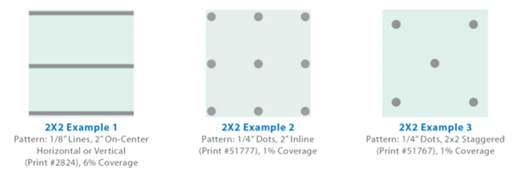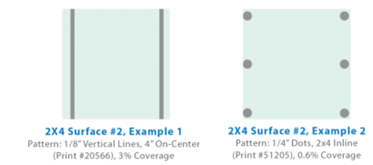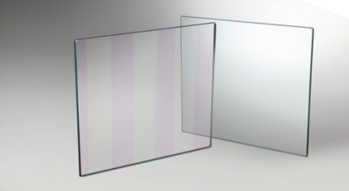The continuing improvement of products in the glazing industry not only address performance of the façade but environmental concerns. The reflectivity of glass in buildings causing bird impacts is one of those issues and has led to nearly 1 billion bird deaths per year in the United States. The glazing industry continues to address this concern through product development and is the subject of this Technical Bulletin.
As awareness about bird collisions with glass buildings grows, more states, cities, and municipalities are adopting bird-safe glass legislation. Significant updates to bird-friendly glass requirements have been made in recent years with guidelines spanning federal to local levels, aimed at creating a safer built environment for birds. At the Federal level, by working towards bird-safe building practices in public buildings they hope to inspire further efforts to implement bird-friendly design practices in both public and private buildings across the nation.
In California, the Green Building Standards Code introduced voluntary bird-friendly building design guidelines in 2010. Some municipalities continue to adopt these standards, either as mandatory or voluntary. These standards are typically interpreted by the architectural team, weighing the various options, and applied to the specific project.
In regards to glazing, the Green Building standards state that windows must have no more than 10% glazing on building facades to a height of 40 feet or “that of the average height of local tree canopy, whichever is higher; and no more than 40% of facades above that shall be see-through glazing, reflective glazing or acrylic glass.”
In lieu of this standard, building elevations can incorporate bird friendly mitigation strategies. These alternative standards state that no less than 90 percent of a building elevation, measured from grade to a height of 40 feet above grade, or from grade to the height of an adjacent mature tree canopy (whichever is greater), shall incorporate bird friendly mitigation strategies. No less than 60 percent of building elevation, 40 feet above grade to the top of the building elevation, shall incorporate bird friendly mitigation strategies.
For the glazing industry, it’s important to understand what is defined as bird mitigation strategies and what options will impact our scope of work. The term bird deterrent glass is a broad definition describing a variety of products or characteristics that provide a visual warning to birds of an obstruction. In designing buildings with bird safety as a consideration, it is important to understand that birds do not perceive glass as an obstacle to their flight path. A variety of approaches, such as etching, silk-screening, decals or ultraviolet coatings can create a pattern that breaks up the reflectivity of the glass. These products are tested, and success is measured by the American Bird Conservancy and U.S. Green Building Council standards as a numerical “threat level”. The lower the threat level number, the more effective the product.
Viracon Sample Horizontal Patterns
An important factor in patterns is the spacing. Testing has shown that the most effective spacing is based upon the “2×4 rule”, meaning that the silkscreen, coating or markings should be spaced two inches apart running horizontally or four inches apart running vertically. Research has shown that birds will not fly through spaces less than two inches high or 4 inches wide. For insulated Low E glass, these patterns have been created with a second surface pattern frit and Low E overcoat on clear, low iron or mid iron substrates.
Viracon Sample Vertical Patterns
When assembling insulated Low E products these patterns can be created with first surface etching or second surface frit patterns in combination with third surface coatings in a laminated glass unit. Further, it’s important to note that ongoing research and product development will soon provide other options similar to the Viracon approach.
As an alternative to the frit or etched pattern glass solution, bird-friendly UV coated glass that helps to prevent bird collisions through visual deterrent is also available. Products like Guardian Bird1st UV or Arnold Glass Ornilux use a coating that has a striped pattern almost invisible to humans but visible to birds. These products are readily available with supporting manufacture testing and data for submission.
The Bird-Friendly Glass Standards continue to evolve and signal a commitment to improve bird safety in architectural design and construction practices across the United States. As we venture deeper into 2024, we anticipate increased bird-safe legislation, both at the federal and local levels, likely moving many jurisdictions from voluntary to mandatory requirements.





